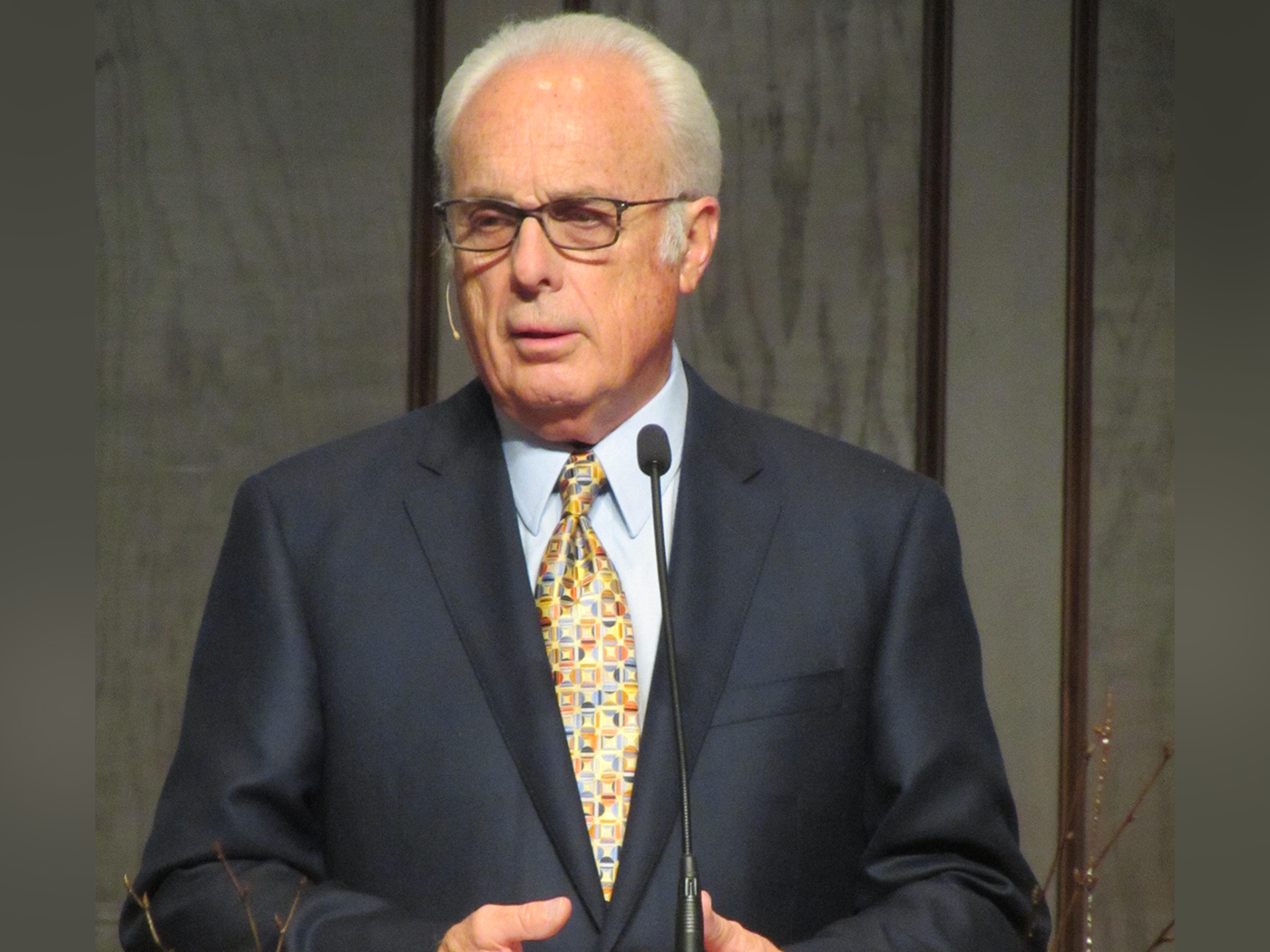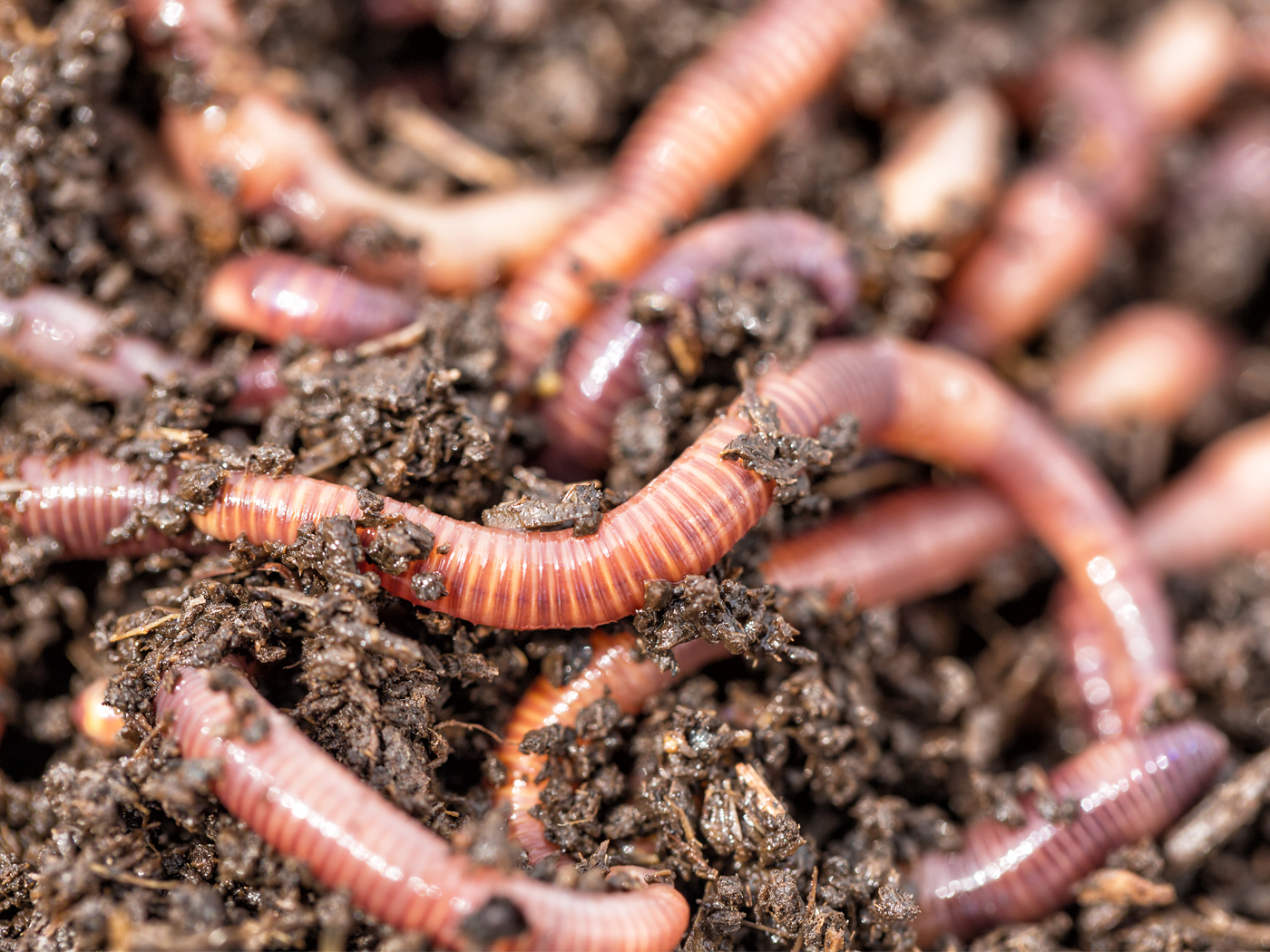The first story, from Harvard University, describes the research of Eric Greer who was honored by President Trump with the Presidential Early Career Award for Scientists and Engineers along with three other Harvard Medical School faculty members.1 Greer works in the growing field of epigenetics that explains how cells that have the same DNA code can diversify into hundreds of cell types each with their own specified forms and behaviors. Greer said, “Epigenetics is what enables every cell to act differently despite having the same DNA sequence.” Epigenetics refers to the different ways genes are regulated—without changing the sequence—through molecular “tags” placed on the DNA that result in different types and amounts of biological products. “Epi” means “upon” or “near,” and epigenetics means the given genetic tag is not part of the DNA sequence but rather is positioned near it.
What fascinates scientists is how epigenetic mechanisms enable creatures to rapidly self-adjust to changing conditions. More remarkably, their offspring seem to express the same adaptive traits right from the start—but not through some series of genetic mutations.
These observations profoundly influence the debate over how creatures adapt. First, this type of adaptation conflicts with the scenario of adaptation embraced by both atheistic and theistic selectionists. Genetic variability is not being fractioned out through deadly struggles where some organisms are mystically “selected” to survive while others die off. Second, highly regulated innate systems are likely responsible for producing these targeted responses. Therefore, the Harvard story describes what appears to be the beginning of a radical change in thinking now re-entering modern biology.
A section of the Harvard story surprisingly titled “Reviving Lamarck,” revealed that “Until just a decade ago, the idea of epigenetic inheritance would have made Greer an object of scientific ridicule. The prevailing evolutionary dogma has been natural selection, as put forth by Darwin: Individuals that acquire a beneficial trait through a random change in their DNA are more likely to survive and reproduce, thereby passing the trait on to their progeny.” In contrast, the French biologist Jean-Baptiste Lamarck speculated that creatures had an innate—though yet to be discovered—capacity to purposefully acquire new traits and that their offspring could somehow inherit them.2 Unfortunately for scientific inquiry, the prevailing selectionist dogma via ridicule and marginalization smothered different avenues of potential research as “Scientists dismissed Lamarck’s views for close to two centuries, but recent evidence suggests that he was on to something.”
Evolutionists may want to conveniently revive Lamarck today. But, Harvard’s late evolutionary theorist and historian Stephen J. Gould reminds us of the shabby treatment of Lamarck’s reputation by a vicious evolutionary community intent on suppressing an alternative theory:
I have already cited [Ernst] Mayr’s assertion of ‘complete unanimity’ in competent professional opinion and of the ‘colossal ignorance’ of remaining doubters [of the Modern Synthesis]. In Chicago, Mayr even resorted to theological language in citing ‘the opposing evils of Lamarckism and saltationism’….Others noted, but with some sense of unfairness, the vilification of Lamarck. C. H. Waddington regretted that ‘Lamarck is the only major figure in the history of biology whose name has become, to all intents and purposes, a term of abuse’…while Marston Bates noted that ‘Lamarck remains some kind of horrible example of wrong thinking in the introductory textbooks.’3
Evolutionists have a history of simply walking away from their previous blunders.4 Yet, their litany of failed assertions should clearly count against the legitimacy of evolutionary theory. A failed assertion is as bad as a failed prediction.
Soon after the Harvard press release, a new paper describing the adaptive power of one epigenetic mechanism was published by the British Royal Society. Speaking to the broad implications of epigenetics it concludes, “Most significantly, the nuclear genome has gradually lost its function as the unique and exclusive determinant of inherited characteristics due to mounting waves of data revealing the complex epigenetic networks that heritably control genome expression.”5
The paper conveys how researchers are increasingly discovering mechanisms that facilitate body (or “soma”) cells passing on information to a sperm (or “germ”) cell. In an astonishing turn of biological thinking this paper reports that:
A unifying concept in the field is emerging, according to which an RNA-based flow of information connects somatic tissues to the germline—particularly mature spermatozoa—and can be delivered to the next generation of embryos at fertilization. Soma-to-sperm RNA delivery is an unprecedented dynamic, well-regulated process, mediated by extracellular vesicles occurring during the epididymal [within a part of the testicle] maturation of sperm cells in mice…and have been demonstrated to affect the fate of the progeny up to the fourth generation.
These researchers add that virtually all animal species that produce spermatozoa seem to have the capability to take up nucleic acids from external vesicles.
Thus, sperm-mediated transgenerational inheritance has the potential to remodel the embryonic epigenetic landscape favouring the adaptation of newborns when their fathers encounter stressful conditions” which strongly indicates that “spermatozoa are not passive vectors of exogenous molecules but rather active participants in essential somatic communication across generations.
However, in discussing how this mechanism contrasts with conventional selection-based evolution they add, “As remarked, such a model would be consistent with a Lamarckian model of inheritance.” They reference several other papers whose titles state that “Lamarckian evolution explains” and “Lamarck resurrected?” Yet in his day, Lamarck would have been classified as an evolutionist, and it’s possible that a good portion of his views are incorrect. But epigenetic mechanisms seem to support the use of internal mechanism just like Lamarck deduced, showing that the use of his name as a derisive insult was short-sighted and foolish.
These reports provide additional support for the organism-focused, design-based model of adaptation called Continuous Environmental Tracking (CET) being developed by the Institute for Creation Research.6 CET hypothesizes that organisms use internal systems with elements corresponding to those within human-engineered tracking systems. These CET systems enable organisms to actively and continuously track environmental variables and respond by self-adjusting to changing environments. As confirmed in these Harvard and Royal Society reports, CET expects that the self-adjustments of creatures to be characterized as regulated, rapid, and targeted to specific challenges.
References
1. Fliesler, N. 2019. Beyond DNA. Harvard Medical School, News & Research. Posted at harvard.edu on August 5, 2019, accessed August 26, 2019.
2. Gould, S. J. 2002. The Structure of Evolutionary Theory. Cambridge, MA: Belknap Press of Harvard University Press, 506-507.
3. Gould, S. J. 2002. The Structure of Evolutionary Theory. Cambridge, MA: Belknap Press of Harvard University Press, 571.
4. Guliuzza, R. J. 2017. Twenty Evolutionary Blunders: Dangers & Difficulties of Darwinian Thinking. Dallas, TX: Institute for Creation Research.
5. Sciamanna, I. et al. 2019. The active role of spermatozoa in transgenerational inheritance. Proceeding of the Royal Society B. 286(1909): 20191263.
6. Guliuzza, R. J. 2017. Engineered Adaptability: Continuous Environmental Tracking Wrap-Up. Acts & Facts. 48 (8):17-19.
*Randy Guliuzza is ICR’s National Representative. He earned his M.D. from the University of Minnesota, his Master of Public Health from Harvard University, and served in the U.S. Air Force as 28th Bomb Wing Flight Surgeon and Chief of Aerospace Medicine. Dr. Guliuzza is also a registered Professional Engineer.













